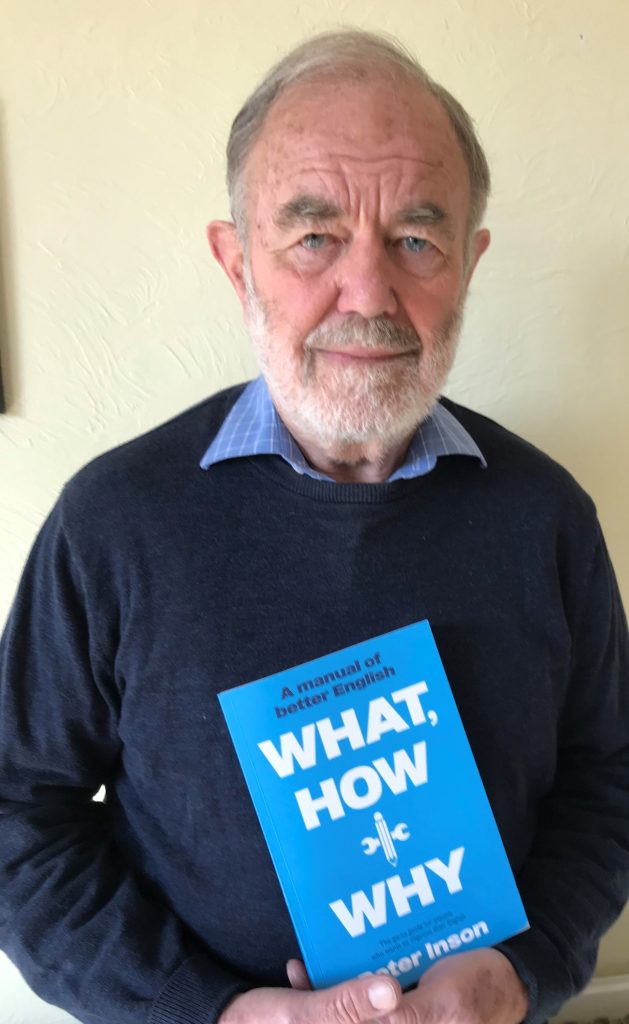Introduction
While tutoring a twenty-five year-old school “failure” I began to appreciate widespread concerns about the poor literacy standards of many young people in the UK. You can see the young man talking about his transition with a teacher who has used the book here.

I am a former head teacher and English examiner for A-level and the IB; at sixteen I had failed English literature but sixteen years later I became an examiner for the subject. This experience helped me to engage with students wherever I taught. I came late into teaching, after ten years in farming, for it was then that I came to acknowledge and appreciate what my teachers had done for me. In recent years I have written about young people and education for the national and academic press.
The Problem
The OECD maintains a table of comparisons between thirty developed countries. Some thirty years ago literacy and numeracy standards in the UK were at the top; now they are near the bottom. Large companies and organisations complain about the standards of literacy and numeracy of young people and universities run student “support centres.”
For some years now the focus on schools’ examination league tables has seen a growing concern with immediate, short term targets and a school’s prestige rather than the education of students who are just starting out on their journeys through life. Text books are sold on the basis of a concern that they should somehow guide students through an examination, rather than provide knowledge and understanding for life. This is training, not teaching and will not foster the critical independence expected of an educated adult.
Young people are so easily driven by fear of failure when they should be challenged by means of respect, trust and encouragement. Where is the friendly word of advice, a joke at the expense of the teacher and help and encouragement? Where then is the reassurance that a determined effort to grasp the material is very likely to result in success?
The emergence of a solution
Faced with coaching a school reject and a school refuser I had to find ways to engage them and I remembered learning how a car engine worked by dismantling one. I gained their respect when I explained that in much the same way we could make better use of our language if we understood how it worked. Demonstrate, explain, encourage; this is how the book works.
I explain the importance of good English, to help students be their best, as adults, to communicate accurately and clearly. This was the honesty that these young people appreciated and they willingly helped with early drafts of the book and quickly grasped the importance of good English. We broke the language down into individual words then reassembled them, building up phrases, clauses, and then sentences. By this time they had found the confidence to express themselves clearly and effectively.
This is a book that engages students directly with openness and respect and which maximizes their chances of getting things right and then finding the confidence to take the next step. It shows students how to improve and check their English and also provides Essentials to encourage parents and tutors to help. It has worked in schools, with parents and tutors, and in an army prison. It is designed to be used as a class text, as a teacher’s reference book, as a tutor’s text or for independent study. Its flexibility allows teachers to use as much or as little of the material as suits their students and their purposes. It will help students to help themselves as they try to catch up after the disruption caused by Covid.
Success
Tim Oates, Research Director at Cambridge Assessment has endorsed the book and a neighbour’s son, predicted a U for his GCSE, worked through the first six chapters with me in six sessions and passed with a C. The Book Guild published What, How and why: a manual of better English last September. (ISBN 978191391375. £9.99) Further particulars can be seen here, where there are mini-stories especially written for reluctant readers.
I am now taking a copy of the book into all our local secondary schools; one has already asked me to help some Year Eleven students.
